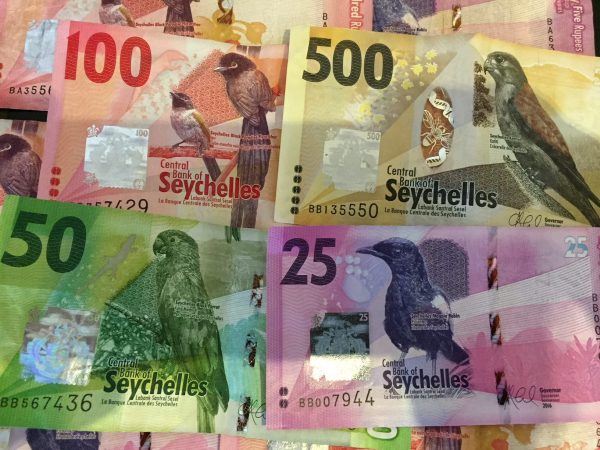
1300kms off the coast of East Africa and over 1000kms NE from Madagascar is a tiny speck in the ocean. Zoom in and an archipelago of islands appears from the Indian Ocean. This is The Seychelles. The land-dependent birds here are a long way remote from their ecological heritage and have developed an exciting degree of endemism. They are all recognisable from their families in Africa and are simply referred to by prefixing with “Seychelles”. With most species being the only representative of their family, it made identification easy.
Some such as the Seychelles Blue Pigeon, can be seen across much of the archipelago, but others such as the Seychelles Warbler, are restricted to just one island. I caught myself adding a possessive apostrophe (Seychelles’), but this seems to fly against the flow of convention.
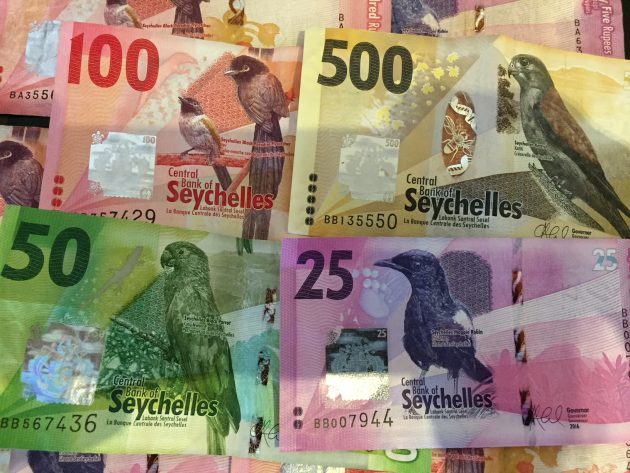
The country celebrates its unique taxa on its bank notes which backs up the field guide, “Birds of the Indian Ocean Islands” by Ian Sinclair and Olivier Langrand.
I was staying on Mahe, the largest and most populated of the islands. It is also the seat of government and the site of the international airport. There were enough endemics here to keep me occupied for a couple of days and I set my target birds as anything with the “Seychelles prefix”. Potentially this meant 7 birds from a possible 12 across the entire group of islands. The Seychelles Scops Owl and Seychelles White-eye prefer the higher elevations on Mahe which were cloaked in low cloud during my stay which reduced my realistic target to 5 species.
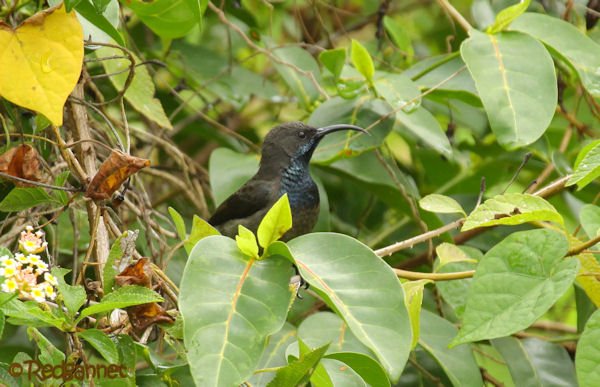
I wish that I could tell you a tale of exciting cliff hikes and exhilarating chases though the forest, but there is no need, as three of the species were seen from my balcony before I had even had a chance to wash after the flight (“Imagine how well you might do if you were clean!” quipped Lady Helen in response to my excited text). Seychelles Blue Pigeon, Seychelles Sunbird and Seychelles Kestrel were all quickly ticked before a shower and some pre-sundowners on the beach.
A group of fishermen had laid a long net and were pulling it in from the beach.
As the net came close to the shore, it occurred to me that birds might try to take advantage of an easy meal.
Sure enough, almost immediately a Gray Heron showed up, competing with the gathering crowd to see what was on offer.
A Lesser Crested Tern patrolled above waiting for a chance to dart in to snatch a fish.
The balcony proved productive again the next morning with a Seychelles Bulbul and the Seychelles Swiflet was found in a small flock as we took a tour of Mahe. How easy was that? There were a few other Indian Ocean specialities to bulk up my Seychelles list.
Red Fody, Madagascar Dove and Zebra Dove were all abundant. White Tern, Brown Noddy, Lesser Noddy and Lesser Frigatebird brought four more lifers.
The archipelago can lay claim to almost 200 species on its eBird regional list, but the islands are spread over a huge area. It is easy enough to visit other islands to catch the unique species there, but it is an expensive way to bulk out a life list. Ferries ply from the main island Mahe to Praslin and La Digue. The three islands are reasonably close and a few seabirds may be seen from the boat. Prices start around Euros 50 one way..

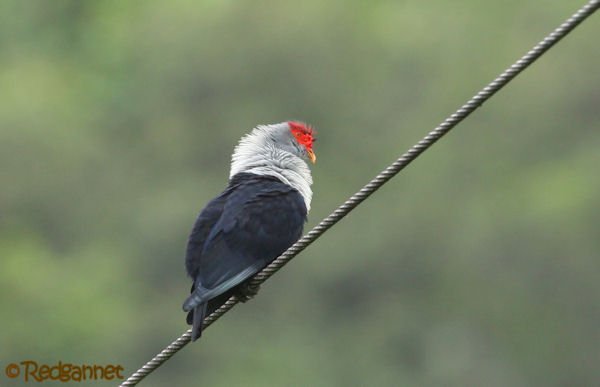

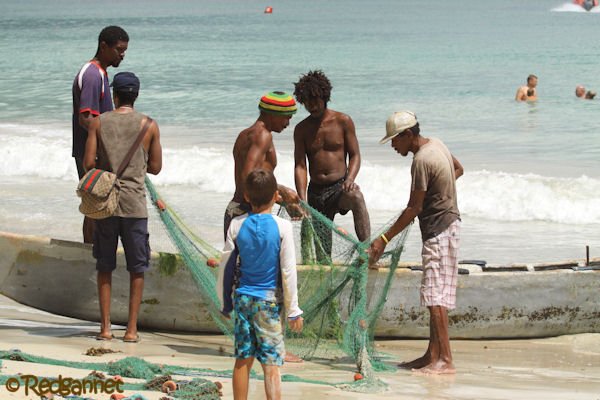
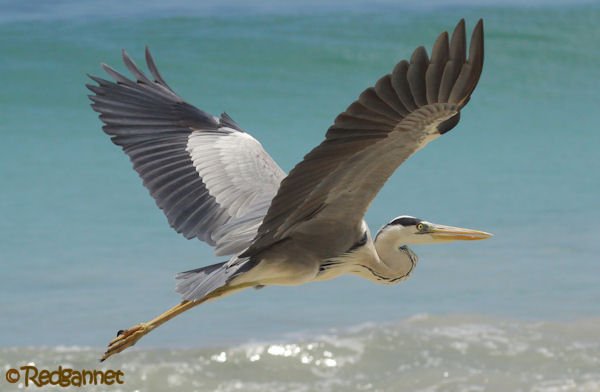
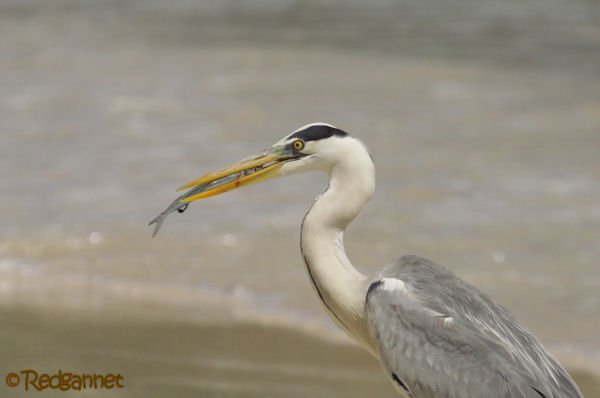
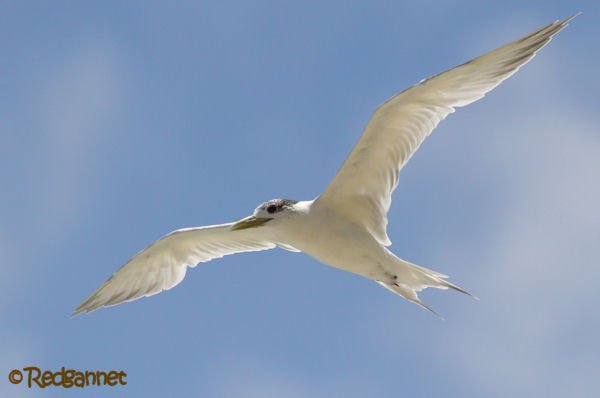
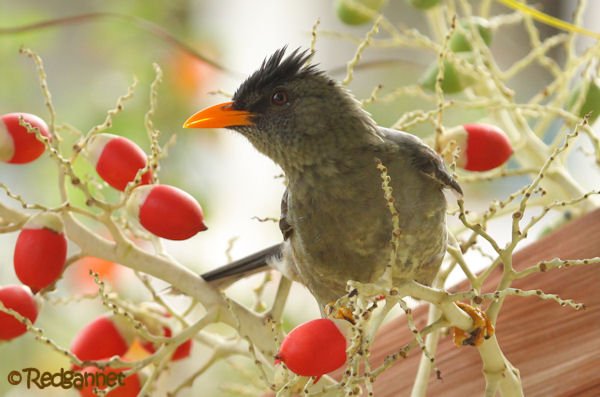
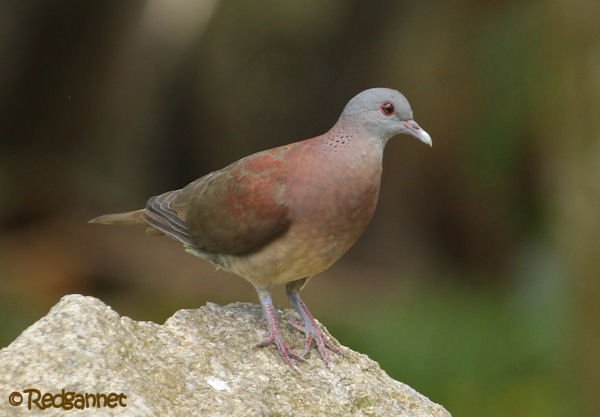










I doubt I’ll ever make it to the Seychelles, so it was fun to live vicariously through your report. Thank you for sharing it! And how lucky that you got to go there!